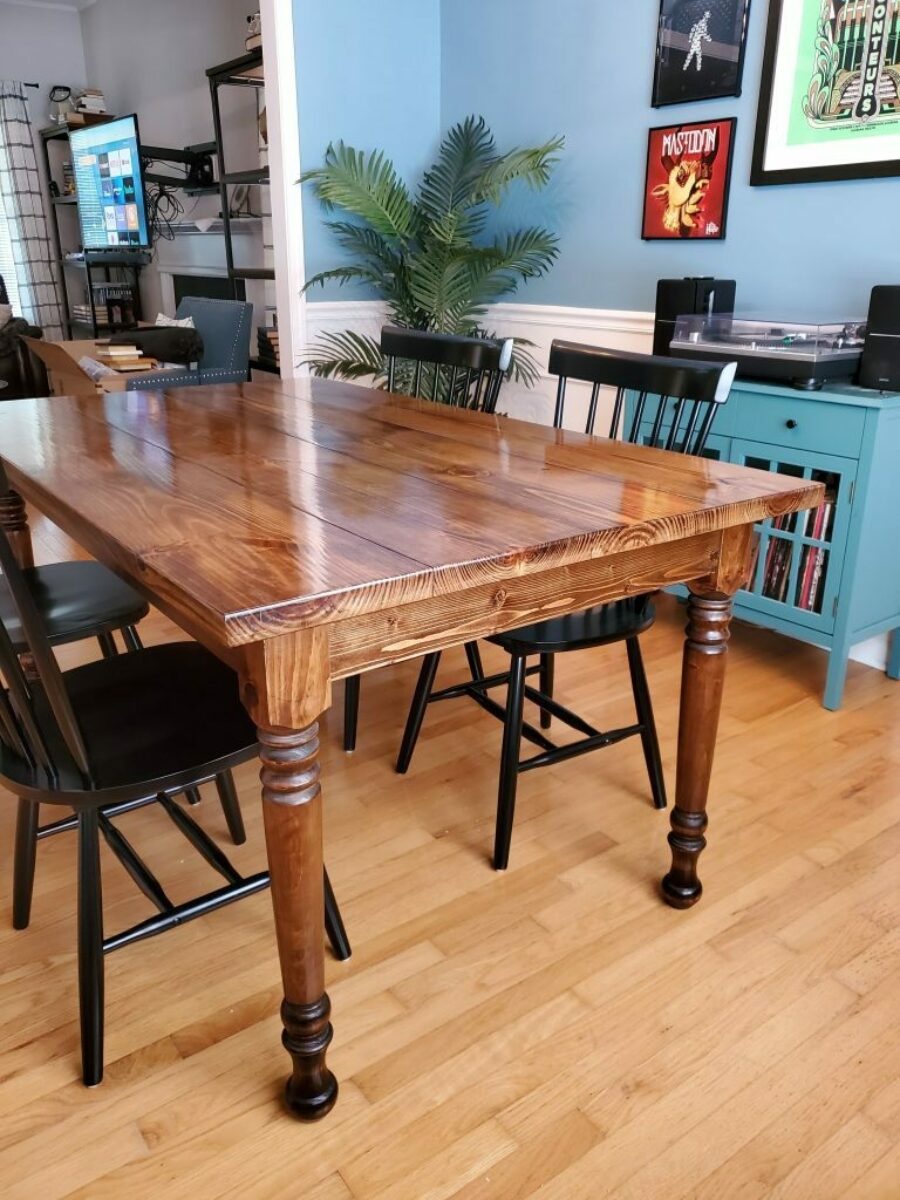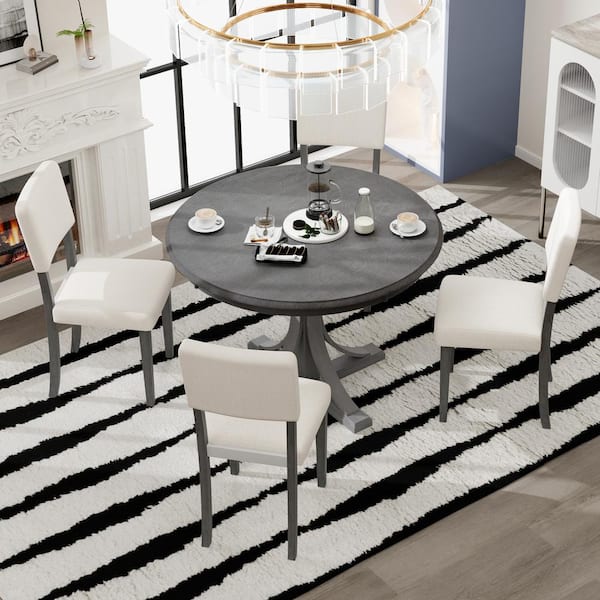How to Maintain and Care for Your Dining Room Table Legs
How to Maintain and Care for Your Dining Room Table Legs
Blog Article
Specialist Tips for Installing Dining-room Table Legs for Optimum Stability
When it comes to installing dining area table legs, achieving optimum security is vital for both functionality and appearances. What particular strategies can improve stability even additionally?
Select the Right Legs
When selecting the suitable legs for your dining-room table, it is important to take into consideration both functionality and looks. The legs you choose will considerably affect the general layout and security of the table. Initially, evaluate the table's intended use; if you expect regular events, stronger legs, such as those made from strong timber or steel, might be extra ideal, as they offer enhanced toughness and assistance.
Standard eating tables normally range from 28 to 30 inches in elevation, so make certain the legs line up with this requirement for convenience. Conical legs can add a modern touch, while turned legs could communicate a more traditional visual.

Select Appropriate Hardware
Exactly how can the appropriate equipment improve the stability and longevity of your dining-room table? The selection of appropriate equipment is critical to ensuring that the legs of your table are safely attached and able to withstand normal use. High-grade screws, bolts, and braces give the required strength to sustain the weight of the table, along with any added tons placed upon it throughout celebrations or meals.
When choosing screws, choose those made from long lasting materials such as stainless-steel or brass, which resist corrosion and preserve integrity over time. The size of the screws is equally crucial; they ought to penetrate deeply into the table's structure without jeopardizing honesty. For bolted links, consider utilizing lock washers to avoid loosening because of vibration or motion.
Additionally, utilizing edge brackets can add extra assistance, especially for bigger tables or those with heavier tops. These braces disperse weight equally and assist keep the table's shape. Ensuring that the hardware you select is proper for the certain materials of your table will better improve its general security and longevity, permitting you to enjoy your eating experience for many years to find.
Ensure Correct Alignment
Proper alignment of eating area table legs is important for both aesthetic appeal and practical security. Misaligned legs can cause an unequal tabletop, which may not only be visually unattractive yet likewise compromise the table's use. To accomplish optimum positioning, start by determining the distance from the table's edges to the leg add-on points. This ensures that each leg is located equidistant from the sides, creating a well balanced appearance.
Make use of a level during installment to confirm that each leg is vertical to the tabletop. This step is essential, as also small discrepancies can rise right into significant stability problems with time. It is recommended to mark the wanted leg settings on the bottom of the table with more a pencil or concealing tape prior to safeguarding them. This practice acts as a visual overview, enabling adjustments as needed.
In addition, verify the placement after the preliminary screws are tightened, as adjustments may be needed prior to fully protecting the equipment. By prioritizing correct alignment, you not just enhance the table's general style yet likewise guarantee that it stays stable and useful for several years to come.

Take Into Consideration Weight Distribution
After guaranteeing correct alignment of the dining-room table legs, it's crucial to consider weight distribution to improve security and capability. dining room table legs. Appropriate weight circulation is critical in avoiding making certain and wobbling that the table can sustain its intended tons without danger of tipping or collapsing
When placing the legs, guarantee they are positioned at equivalent distances from the center of the table to equally disperse the weight across the framework. Consider the weight of the tabletop and any type of things that will often relax on it, such as ornamental items or tabletop home appliances. Tables with much heavier surface areas ought to ideally have legs located closer to the edges, as this maximizes the base of support and decreases the risk of instability.
Additionally, if the table is planned for use in a high-traffic location, consider making use of larger products for the legs or including stabilizing elements, such as cross-bracing or a reduced rack - dining room table legs. These modifications can assist maintain balance and avoid shifting throughout use. Ultimately, a well-considered weight distribution strategy will substantially enhance the table's general efficiency, guaranteeing it remains a eye-catching and functional centerpiece for your eating space
Test Stability Prior To Usage
Examining the security of the dining-room table prior to usage is an essential step that should not be neglected. Guaranteeing that the table is stable and secure can stop mishaps and prolong the life expectancy of the furniture. Begin by applying gentle pressure to numerous factors on the table surface area. Lower on the center and afterwards along the sides, observing any kind of wobbling or shifting. Determine the legs or joints that may need adjustment. if the table reveals instability.
Following, inspect that all screws and fasteners are tightened appropriately. Loosened links can result in instability click site and potential damage with time. If needed, utilize wood adhesive on joints to boost stability, making certain to permit appropriate drying out time.

Conclusion
Finally, the installation of dining area table legs requires mindful consideration of products, equipment, placement, and weight circulation to achieve optimum stability. By selecting strong legs and top notch fasteners, making sure accurate positioning, and distributing weight uniformly, the structural honesty of the table can be substantially improved. Performing a stability examination prior to routine usage further ensures that the table will stand up to daily stress, therefore providing a secure and dependable dining experience.
When it comes to installing dining space table legs, attaining maximum stability is paramount for both performance and visual appeals. The legs you choose try this website will considerably affect the overall style and stability of the table (dining room table legs). Basic dining tables usually range from 28 to 30 inches in elevation, so guarantee the legs align with this standard for comfort.Correct placement of dining space table legs is vital for both aesthetic appeal and useful stability.In conclusion, the setup of eating room table legs requires mindful factor to consider of materials, hardware, weight, and positioning distribution to accomplish maximum stability
Report this page